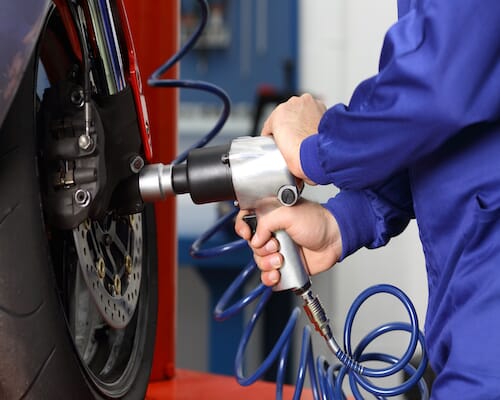
Answers to Six Common Questions About Compressed Air
December 21, 2022
Four Signs Your Air Compressor Needs Parts and Service
January 4, 2023Benefits of a Quiet Air Compressor for Your Plant
Kaishan USA | December 28, 2022 | Uncategorized
Noise in our customer workplaces is something we take seriously at Kaishan. And we are working diligently to reduce the noise levels in our products.
A research study in the Journal of the American Medical Association estimates that 20.3% of Americans (48.1 million people) experience hearing loss in at least one ear.
And while hearing loss is a major concern, noise contributes to many other workplace safety problems, impeding communications, increasing stress, interfering with concentration, and making it difficult to hear warning signals.
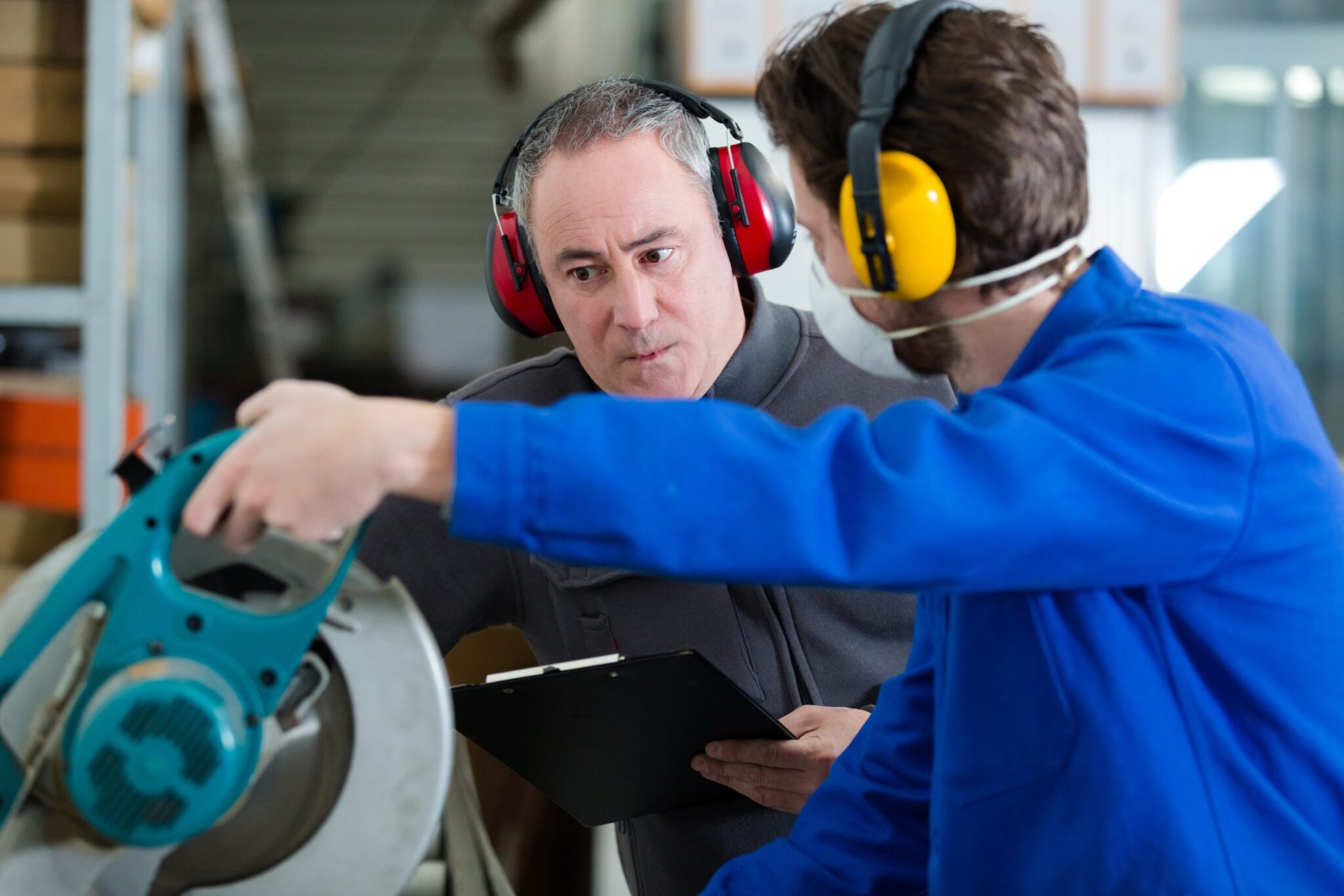
Noise in the workplace is not only a problem of hearing loss. It can sometimes make it difficult to communicate.
As a result, regulatory agencies have established noise limits for the industrial workplace. The Recommended Exposure Limits (REL) for noise established by the U.S. Centers for Disease Control and Prevention (CDC)’s National Institute forOccupational Safety and Health (NIOSH) is 85 decibels. The U.S.Occupational Safety and HealthAdministration (OSHA) sets the eight-hour exposure limit at 90dB.
The Good News
The good news is that the air compressor industry has risen to the challenge, and most manufacturers' products comply with the guidelines, falling in the range between 40 dB and 92 dB. Almost every air compressor commercially available on the market now meets the threshold.
At Kaishan, we’ve taken several steps to make products with low sound levels, using vibrations isolators below the air ends and motors. We’ve placed sound-deadening enclosures over the motor, air end and fan on all of our compressors to keep noise to a minimum and reduce the risk of injury to your team.
Compared to other major manufacturers, we use thicker gauges of steel or aluminum in housings and enclosures to absorb sound and reduce noise propagation.
By comparison to other workplace tools, air compressors seem relatively quiet. Chainsaws, for instance, are the noisiest tools in the workplace at 115 dB. Lawn mowers are around the 85dB limit, while an electric drill can be 95dBand jet planes are at 140 dB taking off. But most of these workers aren’t drilling or being subjected to aircraft departures for an entire eight-hour shift.
Unfortunately, some workers have to be within close proximity to air compressors for an entire eight-hour shift. All too often, compressors run almost without stopping, within earshot of workers. And there’s more.
The Bad News
We as compressor manufacturers cannot simply pat ourselves on the back and congratulate ourselves and our competitors forgetting under the 85 dB limit.
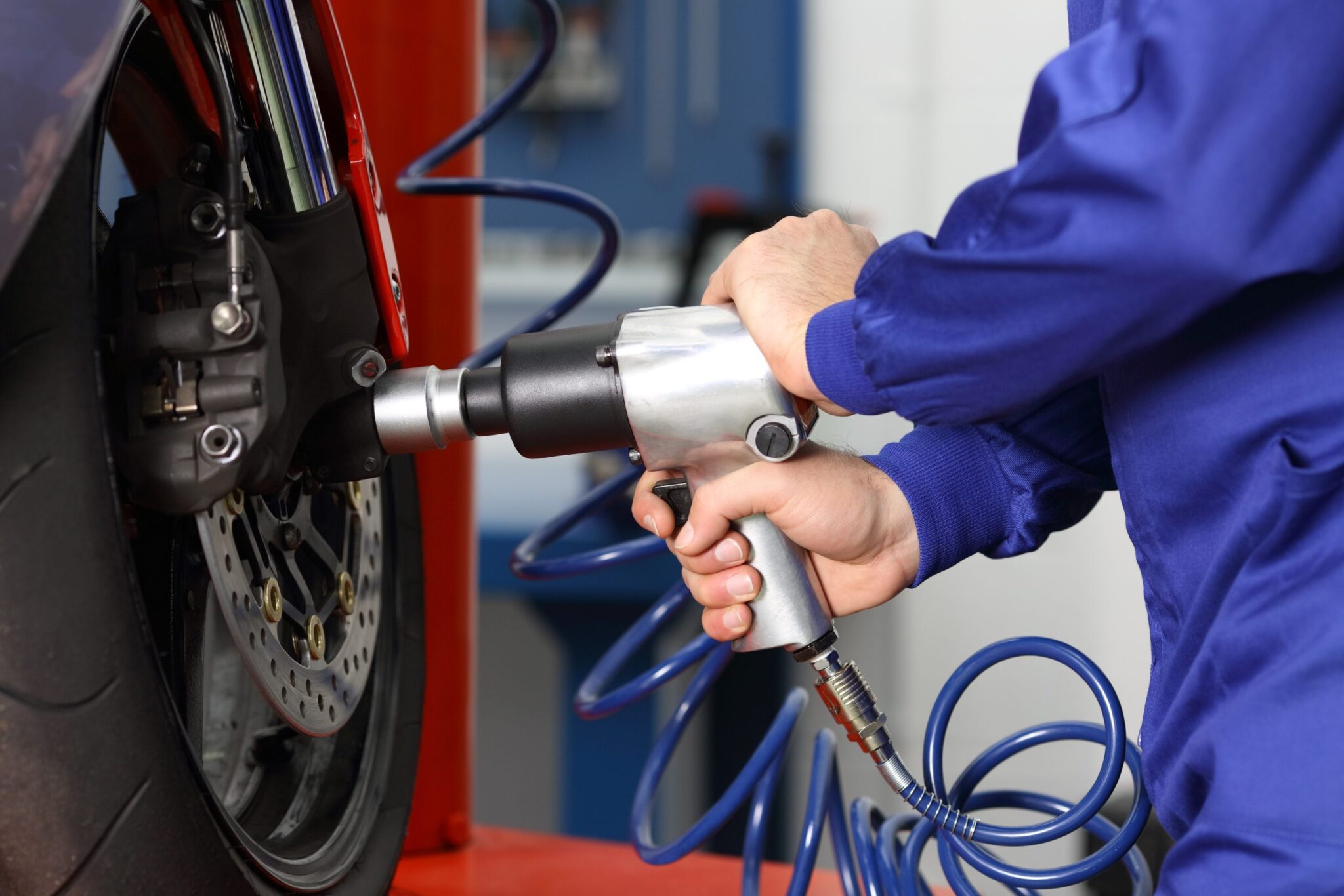
It’s not just the noise level of the air compressor that is a concern, it’s also the tools that workers use that also generate noise.
Why? Because our compressors are part of a larger workplace environment. And our products typically service tools like power wrenches, nail guns, milling equipment, and other applications that generate a lot of noise on their own (usually with the assistance of compressed air). And it is the total noise environment, not simply one piece of equipment, that creates the sound hazard.
In fact, a study of its member states by the European Agency for Safety and Health at Work(Europe’s OSHA) found that it was the compressor industry’s primary customers—agricultural workers, skilled tradespeople, and other skilled workers—who were the top candidates forever exposure to noise.
What Can We Do?
As a result, there are a number of steps air compressor owners can take to reduce the amount of noise coming from their compressors.
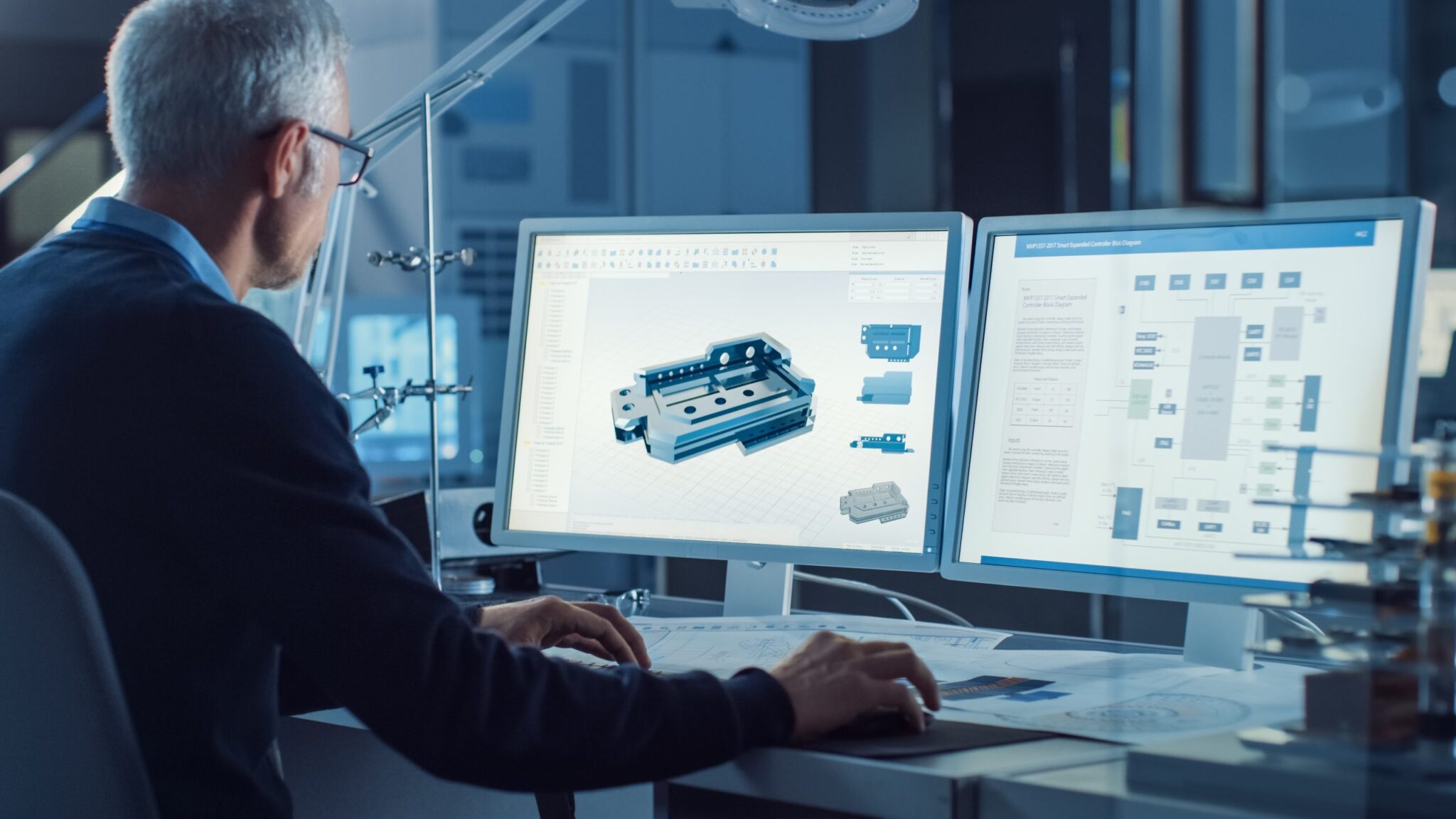
You’ll want to place your air compressor away from locations that are frequented by customers, such as the office area of a manufacturing facility.
Location
Not surprisingly, the further you are from an air compressor, the less noise you will hear. For many applications, like a dentist's office, the best solution to air compressor noise is to locate the air compressor away from workers and, in this case, patients.
It’s also important to consider the other noises in a worker’s environment, especially someone like a mechanic, who is using air tools like tire-inflating equipment or air wrenches.
Enclosures
Many companies build full enclosures around compressors, adding extra layers of drywall, plywood or cement board to prevent sound transference. The greater the mass of the walls, the more efficient the sound-dampening. One source even recommends building two entirely separate walls with space between them to “decouple” the walls, preventing sound transfer. And full enclosures are more effective than partial ones. But please note that adequate cooling and airflow are needed to keep your air compressor functioning properly.
Sound-Dampening Material
To limit the vibrations that can increase or amplify the noise and make a compressor sound even louder, some users place sound-dampening blankets, pads, insulating barriers, and sheets of rubber curtains around their compressors or on enclosure walls to limit sound transmission. Mineral wool insulation is more effective than fiberglass or spray foam insulation.
Flooring
Since some noise transmission can occur through the floor, some users have placed rubber isolation pads and mats beneath their compressors. Or even steel springs, cork and plastic to reduce the sound transfer.
Start with a Quiet Compressor
The best way to limit the noise coming from your air compressor, of course, is to start with the compressor.
A number of factors influence the amount of noise an air compressor generates:
-
- Power source. Compressors powered by electric motors are much quieter than gas-or diesel-powered compressors, which need an engine to compress the air.
- Compressor type. Rotary screw air compressors make much less noise than reciprocating compressors because they have fewer moving parts, and the screws don’t actually touch each other (and make noise). We get many new customers coming to us because they hate the noise coming from their recips. Scroll compressors also have fewer moving parts, and are very quiet but are too limited in capacity for most industrial and commercial applications.
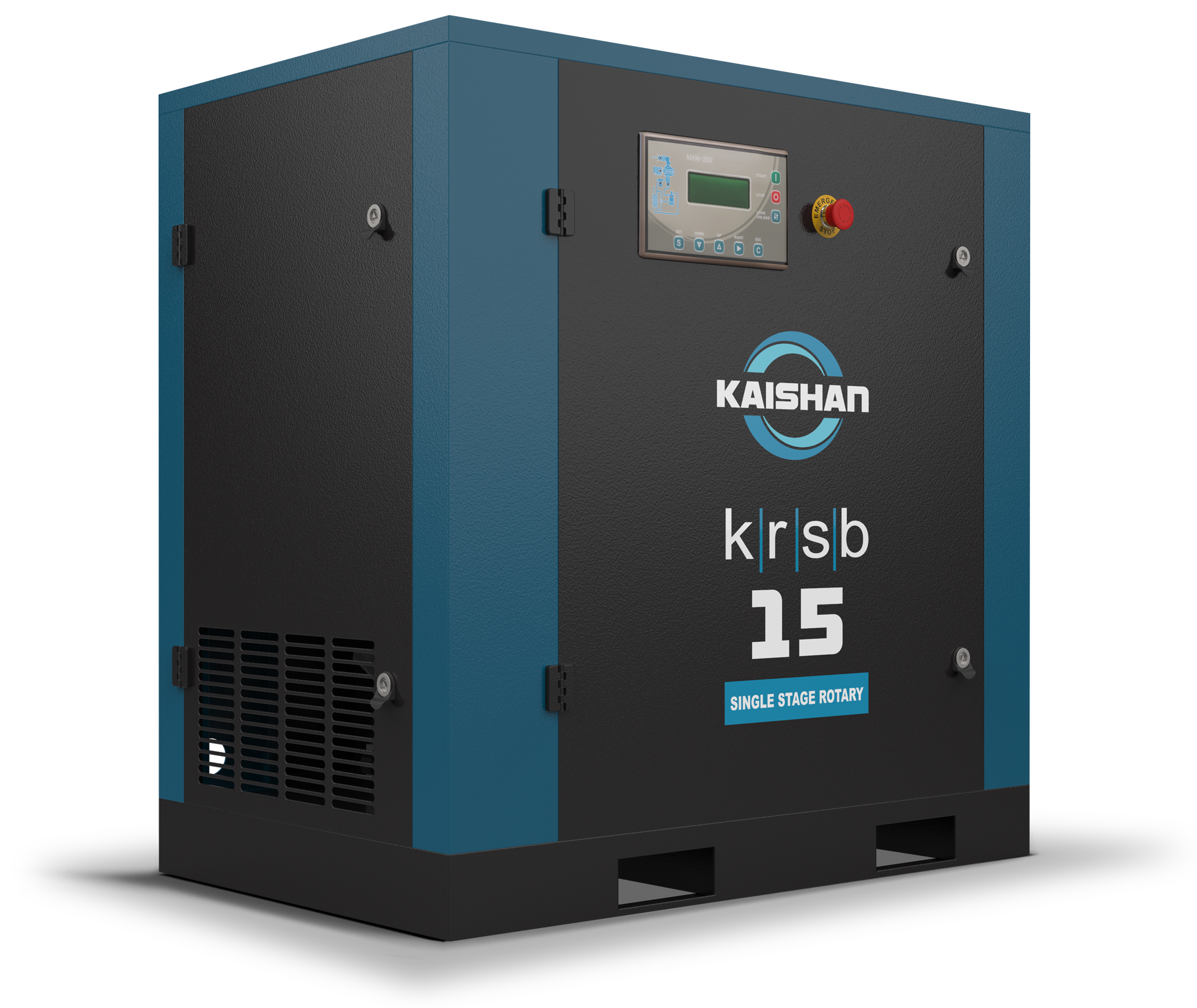
Our Kaishan KRSB belt-drive compressor has a 70 dB sound rating and provides great performance at an affordable price.
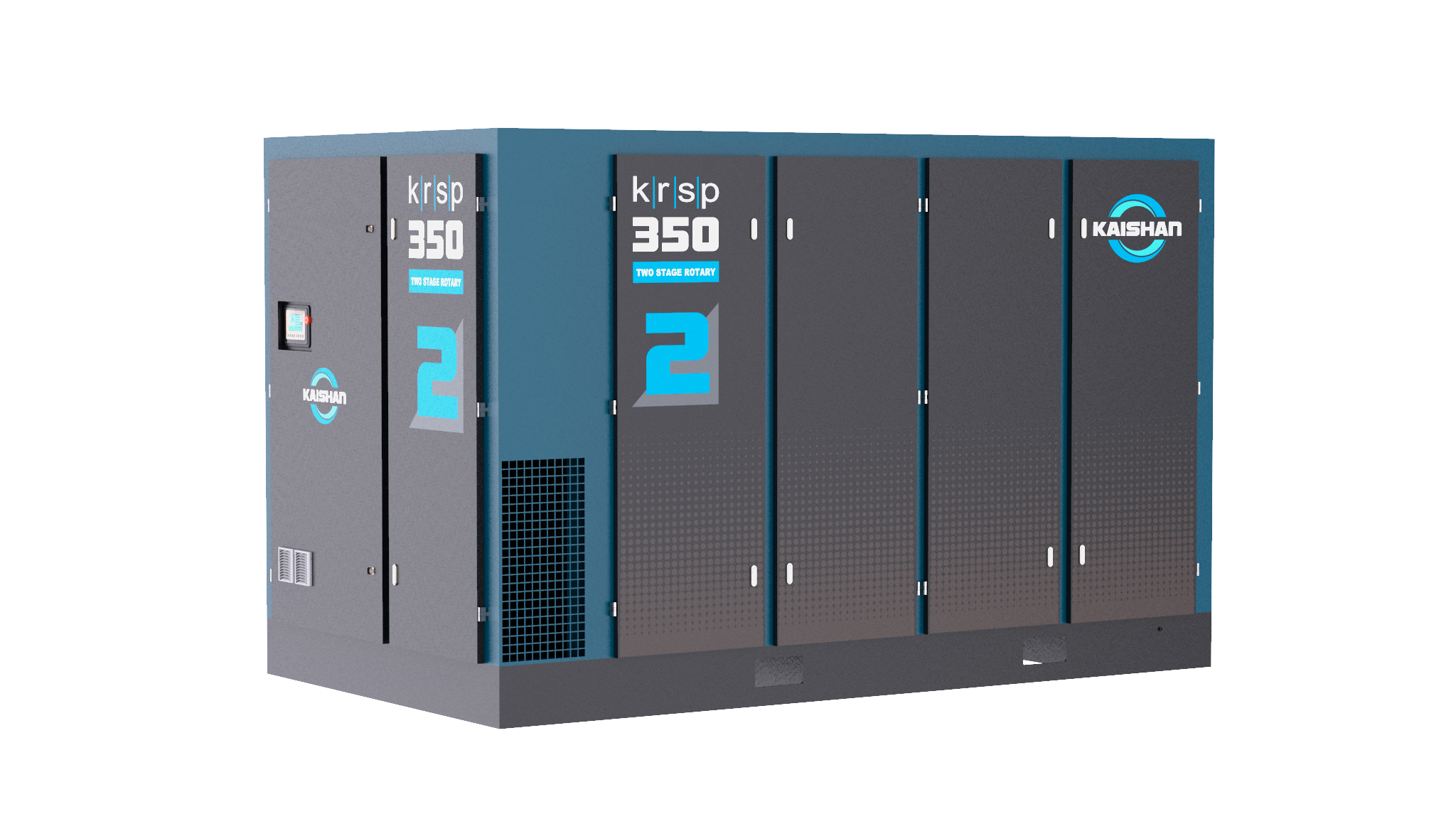
Our Kaishan KRSP2 premium variable-speed, two-stage rotary screw air compressors has a 70 dB sound rating and provides a high level of efficiency combined with world-class reliability.
We Hear You
Key Takeaways
-
-
- With more than 20% of Americans experiencing some degree of hearing loss, noise in commercial and industrial is becoming a concern
- Federal regulations currently require that an employee not be exposed to more than 85dB of noise in an eight-hour shift
- While most air compressor manufacturers meet the 85 dB standard, a large number of facilities use compressors to power air tools that add to the noise in customer facilities
- There are many steps facilities can take to lessen the noise, including use of soundproof enclosures and sound-dampening materials
- The best approach, however, is to start with low-noise compressors like the KRSP2 series variable-speed, two-stage rotary screw air compressor
-
Let Us Help You Quiet Employee Noise Concerns
If noise in your facility is a concern, we can help. We work with a nationwide network of independent distributors, who can provide on-site help and consultation as needed to address noise concerns or any other problems you are having. These factory-trained air compression experts have an investment in their local communities and can service your air compressor system without a problem. Let us help you figure out what will work best in your application. Talk to the experts by contacting us today.
Random stat or
customer quote
textXXtext
text
Noise in our customer workplaces is something we take seriously at Kaishan. And we are working diligently to reduce the noise levels in our products.

